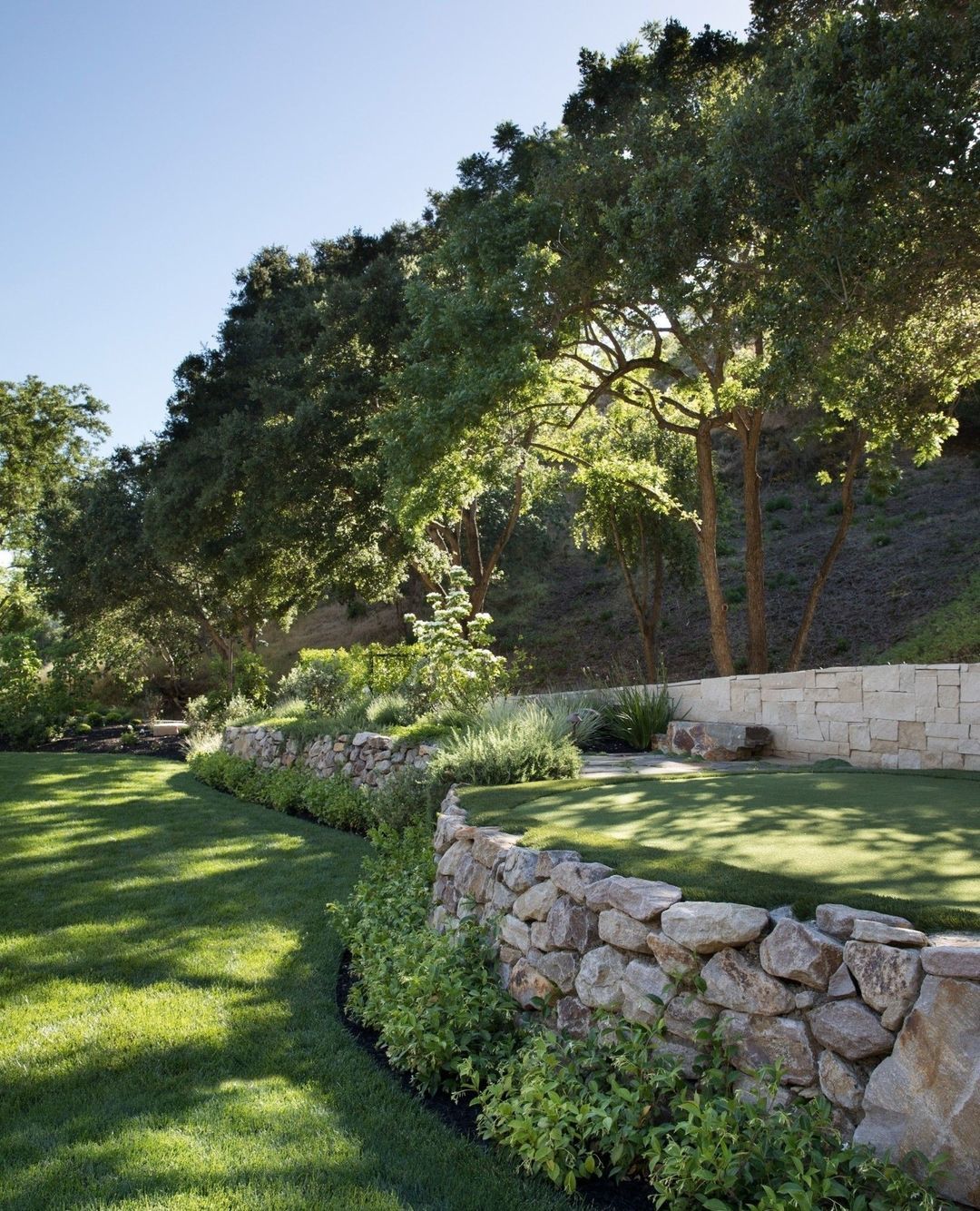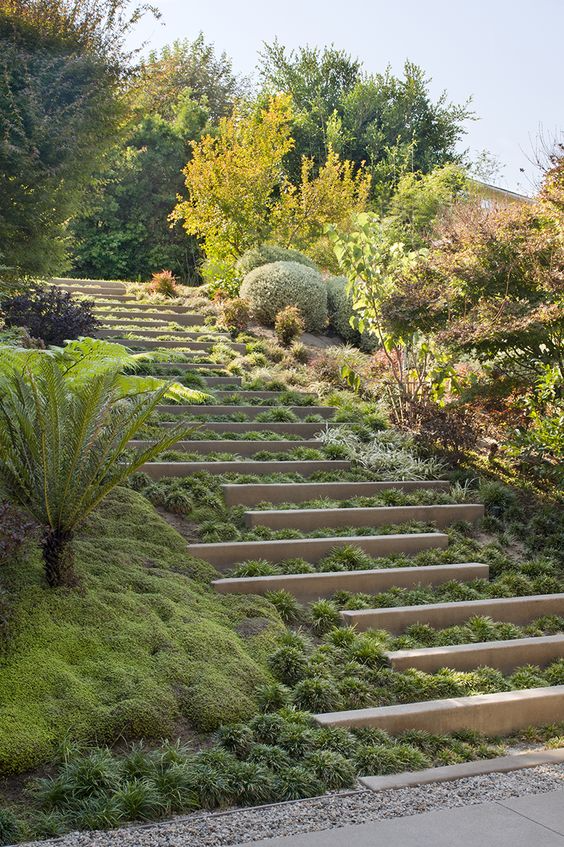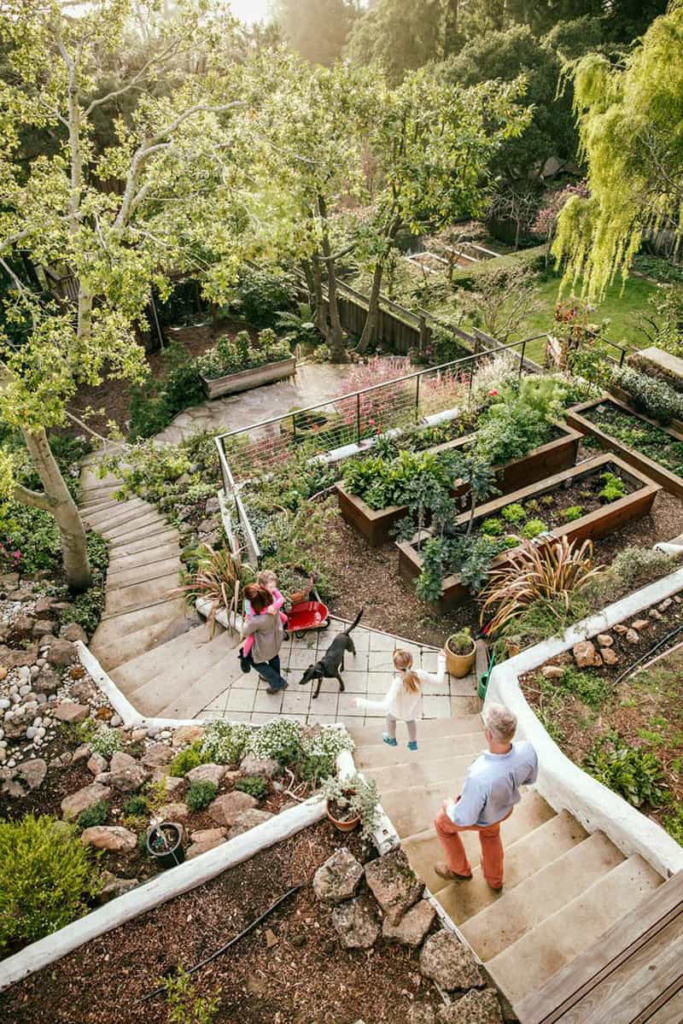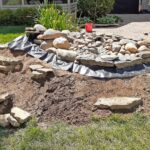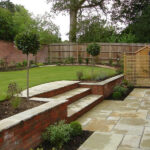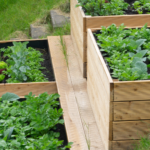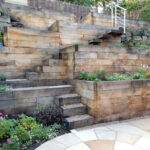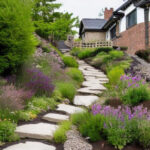Gardening on a slope can present both challenges and opportunities for garden design. The natural slope of the land can add interest and dimension to the garden, but it also requires careful planning and consideration to ensure that plants thrive and erosion is prevented.
When designing a garden on a slope, it is important to take into account the gradient of the slope and how water will flow through the garden. Planting trees and shrubs strategically can help to prevent erosion by stabilizing the soil with their roots. Terracing the slope can also help to create different levels for planting and can help to slow down the flow of water.
Using retaining walls or rocks can also help to define different areas of the garden and prevent soil erosion. Retaining walls can be made from a variety of materials, such as stone, brick, or timber, and can add a decorative element to the garden as well.
Plant selection is key when designing a garden on a slope. Plants that have deep and strong root systems are best suited for slopes, as they can help to stabilize the soil and prevent erosion. Ground covers, such as creeping rosemary or periwinkle, can also be used to help prevent erosion and add a lush, low-maintenance look to the garden.
Consider incorporating hardscaping elements, such as pathways or stairs, to help navigate the slope and create different areas for planting. These elements can also add visual interest and structure to the garden. Using materials that complement the natural surroundings, such as stone or wood, can help to create a cohesive design.
Finally, consider the overall aesthetic of the garden and how it will be viewed from different angles. Plant taller plants at the top of the slope and shorter plants at the bottom to create a sense of balance and harmony. Add focal points, such as statues or water features, to draw the eye and create a focal point in the garden. With careful planning and consideration, a garden on a slope can be a beautiful and functional addition to any landscape.
